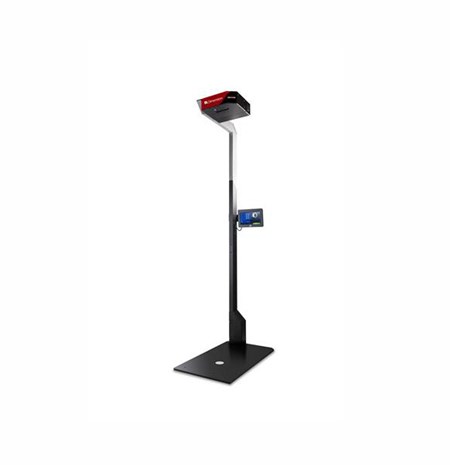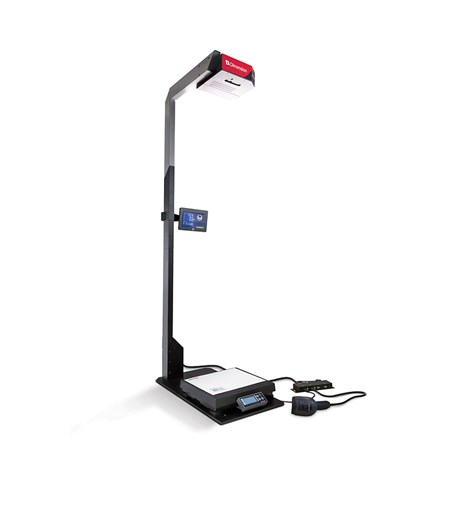Is the website displaying in the correct language? Please confirm or select a different language.
Your region has been set automatically. Please confirm or select a different region.
How to Measure Irregular and Small Objects
Measuring irregular and small objects to obtain their dimensional weight can be challenging. Learn how to dimension irregular shaped objects and items measuring less than two inches in height with iDimension.
Eye on Dimensioning Feature Spotlight
Measuring irregular and small objects to obtain their volumetric weight for dimensional weight shipping can be challenging. Many dimensioners cannot detect small flats or irregular shapes, or they require special treatment during the dimensioning process. Manually measuring irregular and small items can be just as difficult—human error can increase when measuring these types of outgoing post or shipping, which can lead to fines and backcharges due to incorrectly calculated dimensional weights.
The iDimension™ Series version 4.9.1.162 firmware is Legal for Trade approved and available for download. It is specifically designed to enhance dimensioning performance with irregular shaped objects and items measuring less than two inches in height.
Flat Detection
To measure objects less than two inches in height, such as thin shipping envelopes and boxes, use iDimension’s flat detection feature. Enabling this feature using the QubeVu Manager configuration menu, or connecting a compatible scale via the USB port, allows you to detect flats at your dimensioning workstation.
Background Color
The background color of your dimensioning area is key to the system’s accuracy. When measuring irregular or small items, iDimension relies on the RGB sensor to calculate dimensions. For optimal functionality, use the matte black base plate as your measuring surface. If using a scale, paint the scale’s top weighing platform a matte black color.
Area of Interest and Work Area Configuration
Using QubeVu Manager, configure the Area of Interest and Work Area according to manual instructions prior to testing. Make sure the Area of Interest and Work Area are large enough to accommodate your largest irregular object.
Motion Setting Configuration
Irregular objects typically do not have flat surfaces, so they tend to move when placed on the platform. Reducing the motion setting from the factory default of two percent to 0.5 percent ensures stable results.
Manual Trigger Method
When dimensioning irregular objects, Rice Lake recommends configuring the system to dimension in manual mode. In manual mode, use the QubeVu Manager to initiate the scan, or attach a USB bar code scanner to trigger dimensioning.
Test for Accuracy
Rice Lake suggests testing for accuracy in metric mode and using a metric tape measurer to compare results. If measuring identical packages in different orientations with an iDimension dimensioner, make sure to test and document the measurements to ensure accuracy. Contact our Rice Lake iDimension sales and support team with any questions at 1-800-472-6703.



 My Account
My Account

